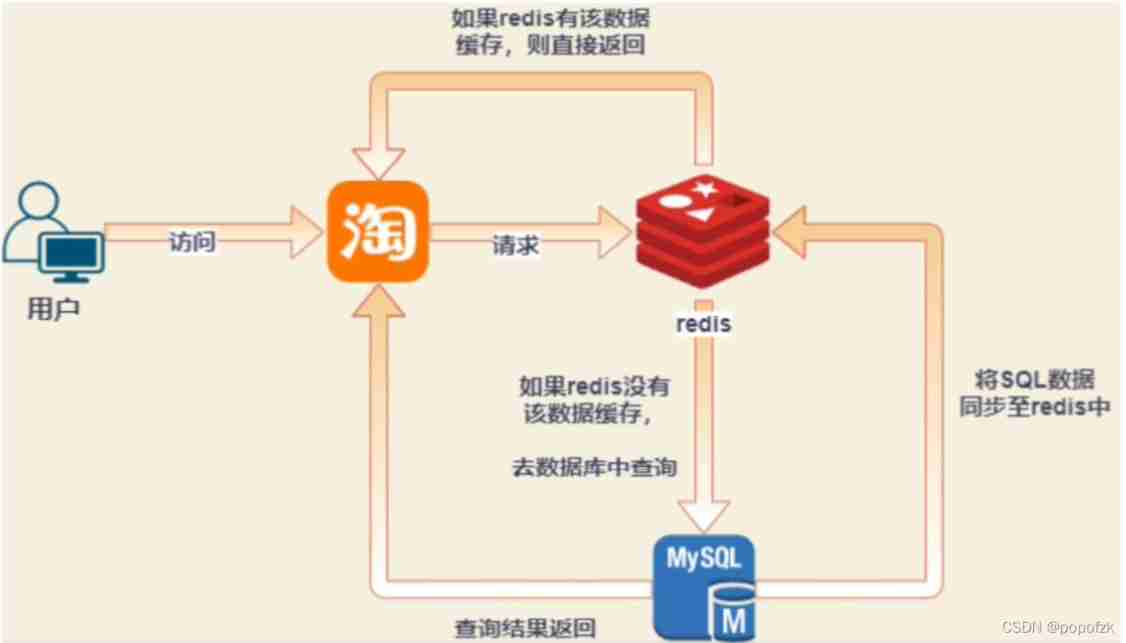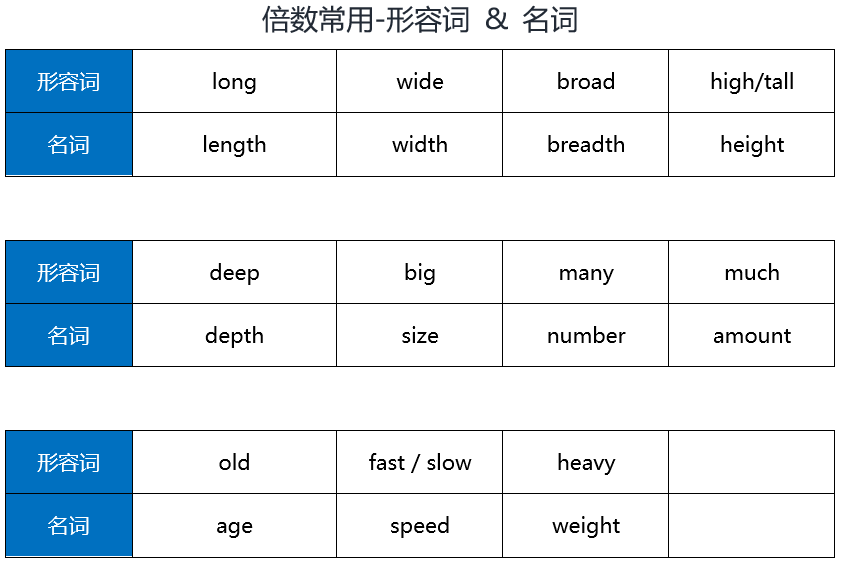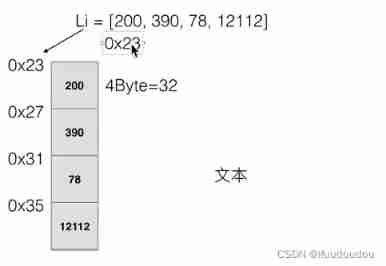当前位置:网站首页>Work Measurement - 1
Work Measurement - 1
2022-07-03 18:43:00 【SyncStudy】
Work Measurement - 1
List of articles
- Work Measurement - 1
- Overview
- Introduction to work measurement
- standard input work unit
- average worker
- standard performance
- standard method
- direct time study
- definition
- 7 steps
- reasons for breaking operation into elements
- timing techniques
- time study template
- Example
- Measureement problems with direct time study
- precision in work measurement
- confidence
- probability density function of measured time
- confidence
- probability density function of measured time
- tabulation of student - t distribution
- examples
- number of cycles to be timed?
- example
- summary
- learning curves
Overview
work study
- method study
- method analysis
- observation
- charting
- questioning
- methods design
- motion economy
- ergonomics
- Learn
- method analysis
- work measurement
- time study
- CORE!
- pmts
- Pre-determined measurement time system
- standard data systems
- Data in standard system
- work sampling
- sample work for the operator’s domain is great
- time study
- method study
Agenda
- Introduction to work measurement
- direct time study
- learning curves
Introduction to work measurement
Time is important
- labour content
- cost of labour time
- major factor in the total cost of a product or service
- how much time will be required to accomplish a given amount of time
Time standard: definition
- amount of time
- allowed for an average worker to process one work unit
- using the standard method and working it at a normal peace
Standard time: Application and functions
- used to
- fair day’s work
- means to convert workload into staffing and equipment needs
- Objective comparisons
- basis for wage incentives and evaluation
- time data for
- production planning and scheduling
- cost estimating
- material requirements planning
- beneficial
- low productivity
- long production runs
- Repeat orders
- short and repetitive work cycles
Methods to determine time standards
- methods to set time standards
- estimation (then to estimated, if under time pressure )
- estimated times
- Basis
- estimated times
- historical records (firstly to consider)
- historical times
- pros
- more accurate
- cons
- not adapted to changes
- pros
- historical times
- work measrement techniques
- engineered standards
- direct time study
- predetermined motion time systems
- standard data systems
- work sampling
- proportions of work activities
- engineered standards
- estimation (then to estimated, if under time pressure )
Prerequisites for valid time standards
- factors that must be standardized before a time standard can be set
- task (standard time for task)
Average worker
- worker
- usually perform tasks
- if male, then male
- if female, then famle
- usually perform tasks
standard performance
- pace of working
- maintained by an average worker
- distribution normal performance
- 68%
- Engineering is not only about technology but also around the people
- strength
- activities
- pins in the phones
- Abilities
performance rating
analyst judges the performance of pace of the worker relative to the definition of standard performance used by the organization
standard performance rate PR = 100 %
- slower pace than standard PR < 1
- faster pace than standard PR >100%
basic time
- Tb=Tobs*PR
example
- analyst
- Worker carrying out a task
- worker does the job in 5 mins
- 80% of the standard performance
- basic/ normal time to do the job at 5 mins *0.8= 4 mins
- Therefore, a standard worker time should be able
other things to standardise
- standard method
- optomum method
- safest, quickest, most productive and least stressful
- optomum method
- standard method
- explains all actions and motions
- include all of the details
- On
- how the task is performed
- including
- procedure
- tools
- Equipment
- including
- standard work units
how do we cope with rest breaks?
two approaches
- Scheduled rest breaks during the shift
- typical one 15 min break in mid morning and another in mid-afternoon
- mainly used where worker interaction is essential
- PFD (personal time, fatigue, distraction) allowance
- Scheduled rest breaks during the shift
not the same time
Time
- Lunch time does count towards breaks!!!
- protect their people in their lunch
- always protect your people for the lunch!!!
Allowances
- basic time adjusted by allowance factors to obtain the standard time
- purpose
- account for fatique
- Recognize that workers will not spoend the whole shift working and cope with other contingencies
- total allowance
- relaxation allowance
- fixed allowances
- variable allowances
- contingency allowances
- relaxation allowance
Fixed allowances (simplest version)
- personal times
- toilet breaks
- getting drinks
- 6% typical
- basic fatigue
- Rest allowance to overcome general fatigue (4% typical)
Variable allowances
- given only when the working conditions vary from those which are assumed in the basic allowances
- physical strains
- force
- posture
- vibration
- short cycle
- restrictive clothing
- Mental strins
- Concentration/anxiety monotony
- eye strain
- Noise
- nature of working conditions
- Temperature and humidity
- dust, dirt
- Wet
examples
- sawubf wood
- outdoors
- dry
- autumn
- 15 degree
- sawing force
- wear
- physical
- force
- posture
- vibration
- short cycle
- restrictive gloves
- mental
- concentration
- monotony
- working conditions
- Guest 2
- total allowance points: 54
- 26 %
other allowaces
- contingency
- additional allowance due to a problem with the break
- training allowance
- learning allowance
- Policy allowance
summary of standard time
- basic time
- observed time *
- standard time
example
- packing boxs
- average observed time for a repetitive work cycle is 3.27 mins
- work performance was rated by an analyst at 90%
- allowance factor is 0.13
- what is the standard time for this task
- observed time
- 3.27
- basic time
- 3.27*0.9=2.94
- standard time
- 2.94*1.13= 3.33 mins
- 3.33 mins per box
summary
- time standard
- average worker
- standard performance
direct time study
definition
- times and rates of working
7 steps
- basic information about the operations
- define and document the standard method
- divide the task into work elements
- time the work elements and calculate the mean value to obtain the observed time
- Evaluate worker’s pace relative to standard performance
- apply the allowance factors?
reasons for breaking operation into elements
- analysis the operation by elements may show slight variations
- could not be detected so easily from an overall study
- an operator may not work at the same tempo throughout the cycle
- An elemental time study permits seperate performance ratings
- different elements may require different timing
timing techniques
- snapback time
- Watch is started at the beginning of every work element by snapping it back to zero at the end of the previous element
- the analyst must note and record the final time for the element just as the watch is being zeroed
- advantages
- see how the element times vary from one cycle to the next
- no subtraction is necessary to obtain individual elements
- continuous timing
- watch is zeroed at the beginning of the first cycle and allowed to run continuously throughout the duration of the study
time study template
- feed
- Timing
- speed
- how many inputs are they using
Example
Measureement problems with direct time study
- how can we be sure that the limited sample of times observed is actually representative of the truth?
- is the mean of the observed times equal to the true value of the time to perform the task?
- unless you make a very large number of observations, you can not make that claim
- however the number of observations that can be made during a direct time study is liited
- cost
- time
- effort
- how many observations must be made so that we are fairly confident about the outcome of the study?
precision in work measurement
- precision is concerned with the
- expected variability within a single time study
- precision of a time standard is determiend a certain confidence level
- standard time
- 4 mins
- 98%
confidence
to cope with variations
time a number of repetitions of the job
confidence interval for the mean value of the time
assume observed work element times
normally distributed
observed means
observed data
sample size
probability density function of measured time
- n: sample size
- 95% confidence
- 10% from the observed mean
- Probability density
- interval size is at 10% of the x bar
- (1-\alpha)
- Sample size is usually small
- standard normal distribution
- t-distributed with n-1 degrees of freedom
confidence
- actual standard deviation sufna
- sample standard deviation
- sample size is small
probability density function of measured time
- alpha = 0.05
tabulation of student - t distribution
- degrees of freedom n-1=29
- probability of 95%
examples
- 9 cycles of assembly operation have been observed during a direct time study
- Mean time is 1.3 mins
- the corresponding sample standard deviation
- a = 0.05
- two tails
- 1-a/2-0.975
- t_{n-1}^{a/2}=2.306
- 95% CI
number of cycles to be timed?
- how many observations we need to take
- k = 10%
- max fractional error
- we are prepared to accept
- number of observations to take
- The practicality/ cost vs accuracy trade off
example
time study analyst
10 readings on the particular work element of interest
consider how many cycles to time
based on the sample
Mean tine for the element is 0.4 min
sample standard deviation is 0.07 min
95% confidence level
how many cycles should be timed to ensure the actual element time is within ±10% of the mean?
Ans 6 answer
n = ( t n − 1 1 − α 2 s ) 2 n=(\frac{t_{n-1}^{1-\frac{\alpha}{2}}s}{})^2 n=(tn−11−2αs)2
summary
- direct time study
- precision in work measurement
- confidence
- probability density function of measured time
- 0.95 is the standard rate that everybody is working
learning curves
- the more you do
learning curve phenomenon
- reduction in cycle time
- as the number of cycles increases
- when a worker accomplishes a task over and over
learning curve
X-axis
- Units produced
Y-axis
Processing time per unit
y
y = t i m e u n i t y = \frac{time}{unit} y=unittime
Learning curve theory
- learning rate
- Example
Typical learning rates
type of work
- assembly
- prototype
- clerical ops
- inspection
- machining
- Welding
LR
- 85
- 65
- 75-85
- 85
- 90
- 85-90
the higher the customized domain
- the higher the learning rate is
list of learning rate
higher learning rate
source of learning curves
- self
- practice
- Worker becomes familiar with the task
- moves from conscious
- Sub-conscious
- Worker makes fewer mistakes
- Hand and body motions more efficient
- reduce distances
- practice
- organizations
- fine tuning of machinery and tooling
- development of special tooling
- product design improvements
- leadership and motivation of workers
Learning barriers: factors impeding learning
- physical and mental limits
- frustration
- inertia
- Interruption/forgetting
- Constraints imposed by other memners of group
- shortage of resources, lack of investment in new technology
- lack of leadership
- low motivation of workers
- Good quality
- if not, more money and more time
Interruptions to the learning curve
- learning curve effect tends to be disrupted by interruptions in production
- for example due to
- Batch production
- between repeat orders
- labor strikes
- holidays
- raw material shortages
- emissions
- when production is resumed after a break
Summary
- calculate standard time
- effect of the learning curve
Next week
- Work measurement 2
边栏推荐
- [combinatorics] exponential generating function (example 2 of solving multiple set permutation with exponential generating function)
- Zero length array
- Database creation, addition, deletion, modification and query
- Gao Qing, Beijing University of Aeronautics and Astronautics: CIM is a natural quantum computing platform for graph data processing
- Chisel tutorial - 06 Phased summary: implement an FIR filter (chisel implements 4-bit FIR filter and parameterized FIR filter)
- Niuke monthly race 31 minus integer
- Day-27 database
- After nohup NPM start &, close the shell window directly, and the process closes accordingly
- What kind of experience is it when the Institute earns 20000 yuan a month?
- 编程中常见的 Foo 是什么意思?
猜你喜欢

Redis cache avalanche, penetration, breakdown
![Golang string (string) and byte array ([]byte) are converted to each other](/img/41/20f445ef9de4adf2a2aa97828cb67f.jpg)
Golang string (string) and byte array ([]byte) are converted to each other

Mature port AI ceaspectus leads the world in the application of AI in terminals, CIMC Feitong advanced products go global, smart terminals, intelligent ports, intelligent terminals

虚拟机和开发板互Ping问题

English grammar_ Adjective / adverb Level 3 - multiple expression

SQL injection -day16

Xception for deeplab v3+ (including super detailed code comments and original drawing of the paper)

How to analyze the rising and falling rules of London gold trend chart

Gao Qing, Beijing University of Aeronautics and Astronautics: CIM is a natural quantum computing platform for graph data processing

2022.02.11
随机推荐
leetcode:11. 盛最多水的容器【双指针 + 贪心 + 去除最短板】
VLAN experiment
How to disable the clear button of ie10 insert text box- How can I disable the clear button that IE10 inserts into textboxes?
webcodecs
Suffix derivation based on query object fields
SQL injection -day16
Golang string (string) and byte array ([]byte) are converted to each other
虚拟机和开发板互Ping问题
Sensor 调试流程
Ping problem between virtual machine and development board
[combinatorics] exponential generating function (concept of exponential generating function | permutation number exponential generating function = combinatorial number ordinary generating function | e
Su embedded training - Day10
In addition to the prickles that pierce your skin, there are poems and distant places that originally haunt you in plain life
Summary and Reflection on the third week of winter vacation
Computer graduation design PHP campus address book telephone number inquiry system
NFT new opportunity, multimedia NFT aggregation platform okaleido will be launched soon
English语法_名词 - 分类
Recommend a simple browser tab
Graduation summary
Coordinate layer conversion tool (video)